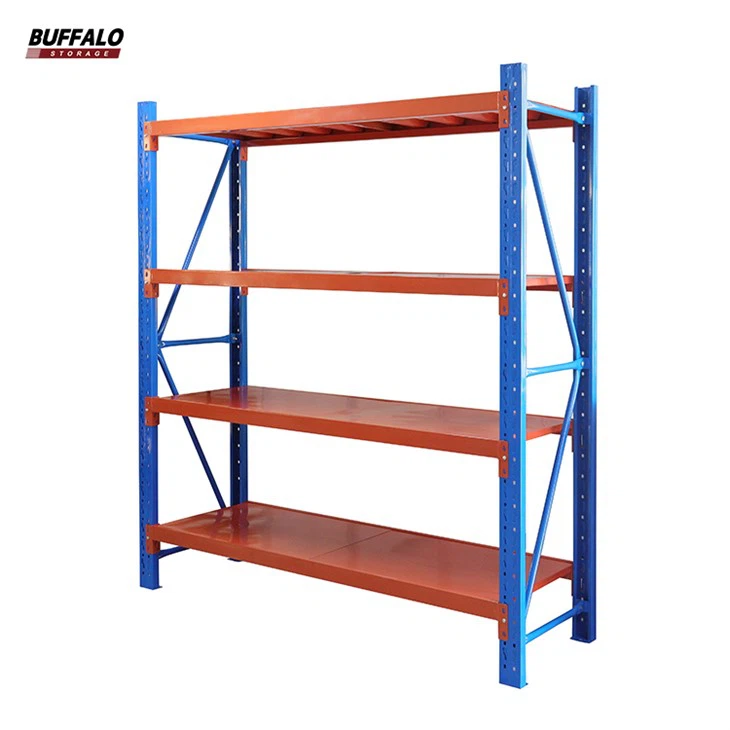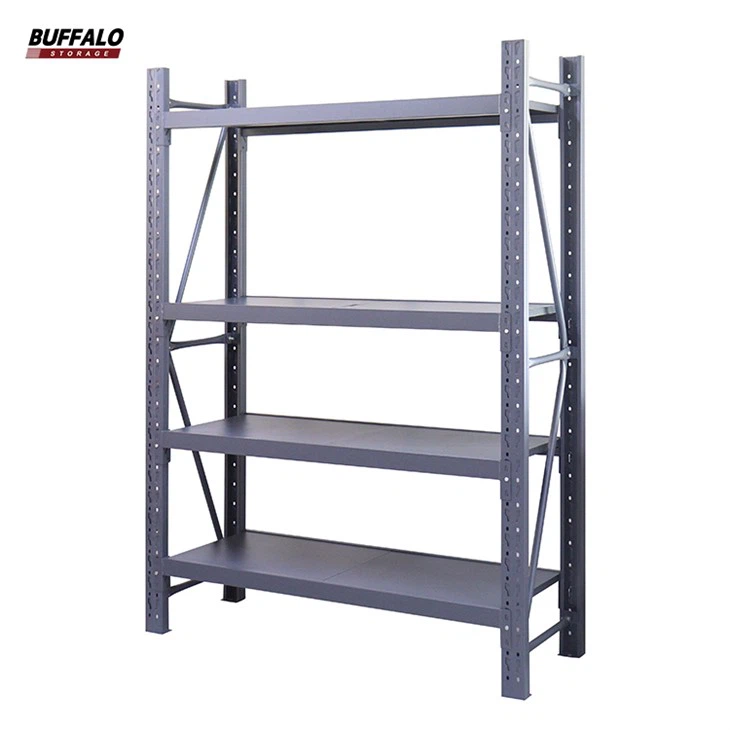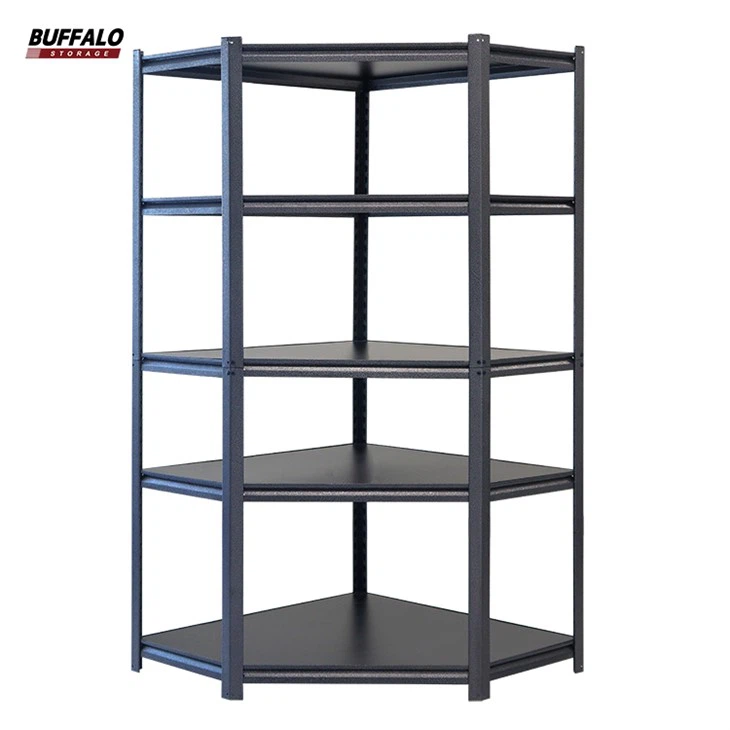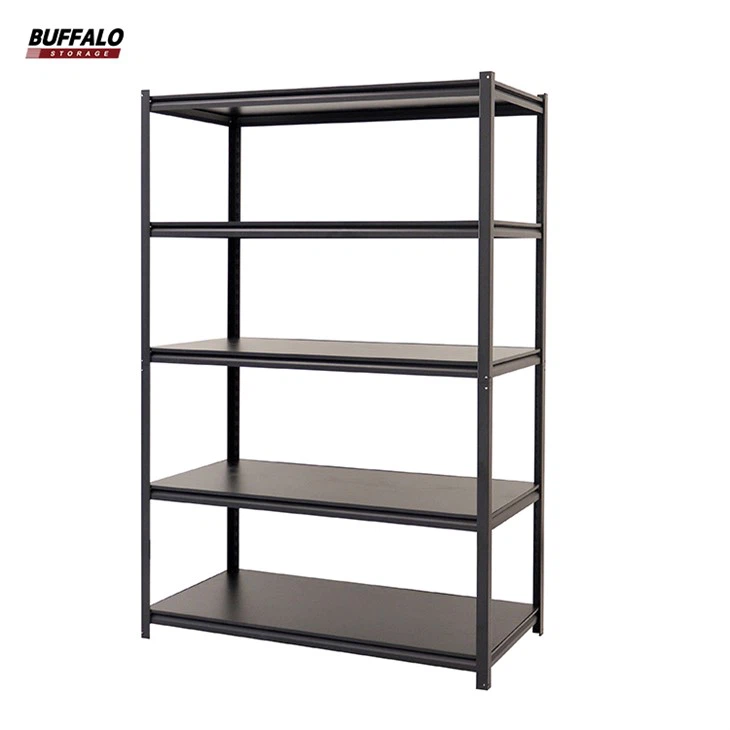Stabilizing a boltless metal shelving unit is crucial for safety and efficiency. Let’s walk through some simple and effective steps to ensure your shelving unit is sturdy and reliable.
1. Check and Level the Surface
1) Ensure a Flat Surface
Before you start assembling your shelving unit, make sure the floor is flat. An uneven floor can make your shelves wobbly. Utilize a leveling tool to verify the surface’s evenness.
2) Use Shims for Uneven Floors
If the floor is not level, use shims to even it out. Place the shims under the legs of the shelving unit. Adjust until the unit is perfectly level. You can use wooden or plastic shims available at most hardware stores.
2. Assemble Carefully
1) Follow Instructions
Follow the manufacturer’s guidelines to put together the shelving unit. Pay close attention to the proper placement of beams and shelves.
2) Securely Lock Components
Ensure all components are securely locked into place. Boltless units rely on clips and slots, so make sure each piece is firmly seated. Use a rubber mallet to gently tap parts into place if needed.
3. Distribute Weight Evenly
1) Heavier Items on the Bottom
One of the easiest ways to stabilize your shelving unit is by placing heavier items on the lower shelves. This reduces the center of gravity, making the unit more stable.
2) Balance the Load
Distribute the weight evenly across the shelves. Avoid placing too much weight on one side or on the top shelf. This helps prevent leaning and keeps the unit stable.
4. Secure to the Wall
1) Wall Anchors for Stability
Securing the shelving unit to the wall can greatly improve its stability. Use wall brackets or anchors for this task.
2) Finding Wall Studs
First, find the wall studs using a stud finder. Wall studs provide a strong anchor point. Attach brackets to these studs for the best hold.
3) Attaching the Brackets**
Use the right screws and brackets to attach the top or sides of the shelving unit to the wall. This step is particularly important if your unit is tall or heavily loaded.
5. Add Cross Bracing
1) Install Cross Braces
Cross braces can prevent your shelving unit from swaying. Many units come with these, but you can also buy them separately.
2) X-Pattern Bracing
Install the braces in an “X” pattern across the back of the unit. This pattern provides maximum stability.
6. Tighten All Connections
1) Check Every Joint
Make sure all joints and connections are tight. Boltless shelving units use locking mechanisms, so ensure these are fully engaged.
2) Use a Rubber Mallet
Use a rubber mallet to carefully secure the shelves and beams in position. This ensures they are fully seated in their slots.
7. Add Extra Support
1) Shelf Liners for Stability
Place sturdy shelf liners or boards on the shelves. This provides a flat and stable surface for your items, preventing them from tipping or sliding.
2) Extra Support Clips
Some shelving units allow for additional support clips. Check with the manufacturer if you can add more clips for extra reinforcement.
8. Regular Maintenance
1) Periodic Checks
Regularly check your shelving unit for any signs of wear or looseness. Periodic maintenance helps catch issues before they become serious problems.
2) Adjust as Needed
Make necessary adjustments or tighten connections to keep your unit stable and secure.
Why Stability Matters
1) Safety First
A stable shelving unit is a safe shelving unit. Unstable units can tip over, posing a danger to anyone nearby.
2) Protect Your Items
Stable shelves protect your items from falling and getting damaged. Ensuring this is vital for safeguarding valuable or fragile items.
3) Peace of Mind
Knowing your shelving unit is stable gives you peace of mind. You can rest assured it won’t tip over or collapse.
Conclusion
Stabilizing a boltless metal shelving unit isn’t complicated. By following these simple steps, you can ensure your shelving unit is safe, stable, and reliable. Remember to level the surface, distribute weight evenly, secure the unit to the wall, add cross bracing, tighten connections, add extra support, and perform regular maintenance. Your shelving unit will be a safe and efficient storage solution for years to come.





